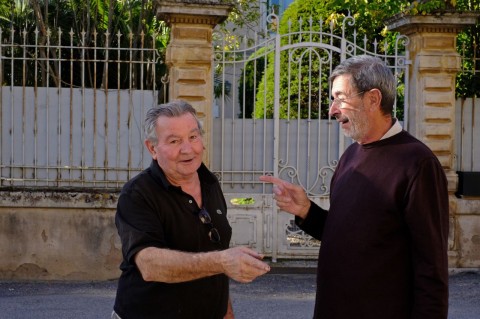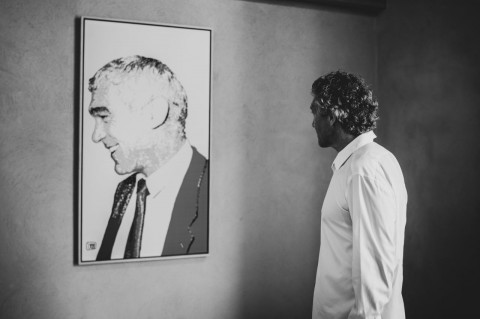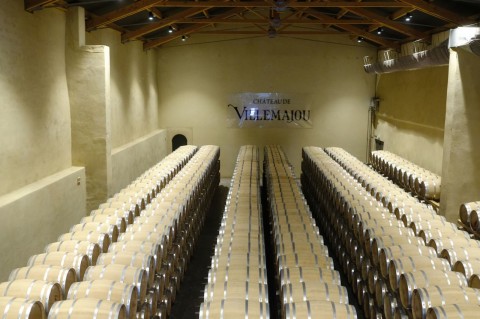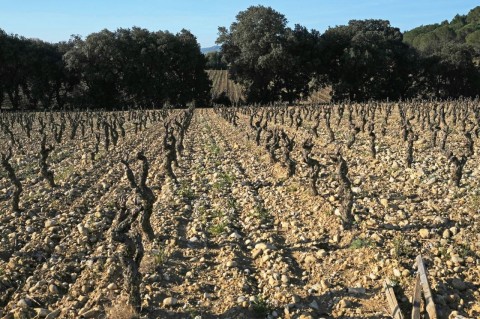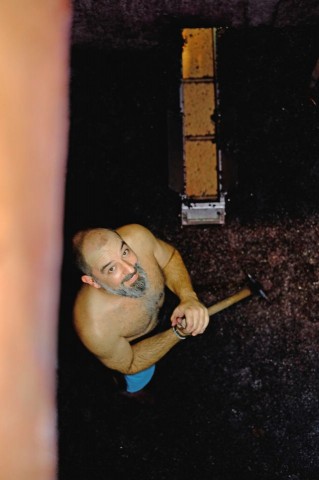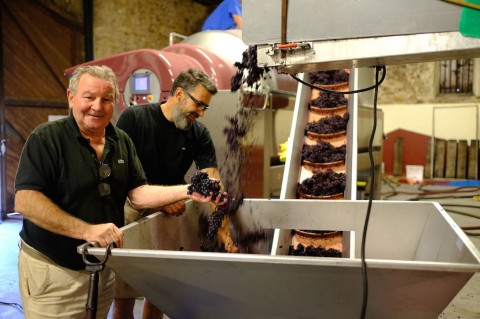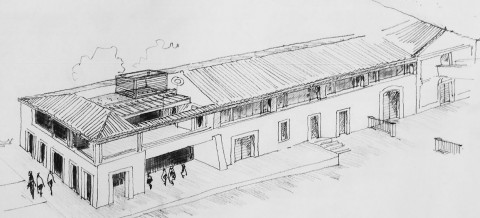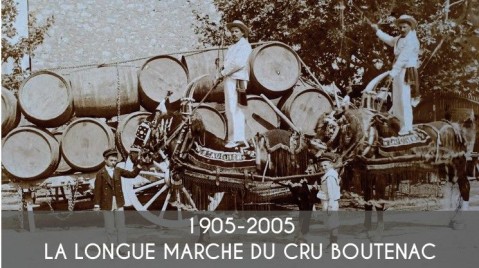When you see the fine portrait of Romain Pauc, custodian of Château La Voulte-Gasparets, in the cellar door shop, it isn’t hard to imagine that Patrick Reverdy is the direct descendant of the proud, moustache-clad figure who gave Gasparet’s wines their lustre at the turn of the 20th century. He himself is amused by the added confusion stemming from the entwined initials on the mosaic in the hallway of the family home. After all, RP/PR seem like one and the same.
Born and bred in the local wine community, Jacqueline Bories knew full well what she was letting herself in for when she decided in 1978 to sell the two properties she had inherited in Thézan and Fabrezan and buy out her godmother Marie Huc’s shares in Les Ollieux. The decision was a bold one, particularly considering that since 1872, when Antoine Teisset had divided the estate between his two daughters, the property was in two parts. “At the time, Les Ollieux-Romanis had 60 hectares in poor condition. My husband François and I did a lot of restoration work and replanting and in 1988 we refurbished the winery”.
When you see the fine portrait of Romain Pauc, custodian of Château La Voulte-Gasparets, in the cellar door shop, it isn’t hard to imagine that Patrick Reverdy is the direct descendant of the proud, moustache-clad figure who gave Gasparet’s wines their lustre at the turn of the 20th century. He himself is amused by the added confusion stemming from the entwined initials on the mosaic in the hallway of the family home. After all, RP/PR seem like one and the same.
La Forge, the iconic label by Château de Villemajou and one of the flagships of the now prolific Gérard Bertrand range, has a highly symbolic value for Languedoc’s global wine star. Not only because it is made from his father’s favourite vineyard, but also because this is where he learnt his trade. “I was born in 1965. My father bought Villemajou at the start of the 1970s and by the time I was 12, my sister and I would spend our ‘holidays’ there – a month and a half in the vineyards, from 5am to midday, and a fortnight in the winery. At 16, I started taking part in blending. That’s how I learnt my trade”.
One more thing: “What makes Boutenac special is the pebbles, the deep rooting and the iron-like characters. The iron comes through in the wine –licking the pebbles feels like sucking a piece of iron. I can pick out Boutenac wines from a million others”.
Tasked with managing the 35 hectares of family-owned vines in Boutenac, as well as owning Domaine de Fontsainte since 1969, Yves Laboucarié has played a decisive role in the emergence of Cru Boutenac. He is its “living memory”, and an effusive one: “Mechanisation started in the vineyards in the mid-1950s but I started working on the estate when horses were reaching the end of their era. I can still remember Mr Clady, the vet in Lézignan, with his black jacket and gloves on, tending to the animals at arms’ length – the farrier would lift up the hooves!”
THE SEAMLESS DIALOGUE BETWEEN WINE AND OAK
Ruling the roost at Château de Villemajou, traditional Bordeaux barrels are generally very popular among Boutenac winegrowers. But that doesn’t mean one size fits all. We unlock some winery secrets…
Is Corbières-Boutenac matured in the same way as other wines? Are there specific techniques designed to suit the terroir, the high percentage of Carignan and the varietal blends? The appellation’s statutes, which simply stipulate that Corbières-Boutenac wines cannot be released for sale before 31 December of the year following the year of harvest, leaves the issue open for debate. Theoretically, barrel maturation is not mandatory but in practice, what is the tack taken by winegrowers?
The issue was raised in the 1970s, when some growers opted for whole-cluster fermentation. In addition to favouring more intense aromatic expression, the objective, from the outset, was to rein in the tannins in the Carignan, whose erstwhile moniker was the ‘harsh vine’.
“We started the maturation process with 40 Nicolas demi-muids supplied to us by Saignes in Narbonne, which had close ties to Nicolas”, recalls Yves Laboucarié, who bought Domaine de Fontsainte in 1969. His friend Georges Bertrand, who purchased Château de Villemajou in 1973, rapidly made the decision to mature his wine in traditional Bordeaux barrels.
Use of the barrels set a precedent. “In 1978, just two years after I sold my first wine in bottles, I used whole-cluster fermentation across the range and conducted my first maturation trials with ten Bordeaux barrels from the Demptos cooperage that Georges Bertrand gave me”, recounts Patrick Reverdy, owner of Château La Voulte-Gasparets. “Subsequently, I tested other suppliers, but I always preferred wines aged in Demptos barrels”. Romain Pauc, the estate's flagship label (38,000 bottles and 2,500 magnums) created in 1986 from the oldest Carignan and Grenache vines, is now entirely matured in 225-litre barrels in the vaulted, Medoc-inspired cellar, where they are stored at a constant temperature of 13°. “But I generally only use a quarter of new wood; I work mostly with second-fill barrels. They are less aggressive for the Carignan and Grenache”. The addition of Mourvèdre and a modicum of Syrah to the blend has not been a game-changer in this respect.
… In the space of a video clip
From the Jurassic to the Quaternary Period, the soils of Boutenac are marked by 203 million years of complex geological history – summed up in just 203 seconds.
Although Cru Boutenac cannot be reduced to the vineyards that follow the pebble-strewn hillocks of Gasparets, the landscape with Saint-Martin’s chapel as its delicate centrepiece is often considered as the appellation’s most symbolic site.
Picturesque scenery, though, is not the only defining feature here. Experts from Inao (National Institute of Appellations of Origin), tasked with establishing precise boundaries for the appellation area at the beginning of the 2000s, clearly felt that the Miocene molasse – the name given by geologists to this wide strip of pebble-rich soil, sometimes a hundred metres thick – “forms magnificent substrates where stone content and the fine fraction are in harmonious balance, providing vines with ideal conditions for their summer growth cycle”.
Despite this, Boutenac’s terroir is about more than Thézan molasse; some soils are much older. Also, the origin of the molasse was long a subject of debate before being definitively ascribed to the filling of a rift valley, which had formed at the foot of the Corbières mountain range, by pebbles swept downhill by the ebb and flow of rivers twelve million years or so ago. Both are good reasons to return to the starting point and follow the course of geological time.
The age of exploration
Although carbonic maceration continues to prevail in the Boutenac area, particularly for Carignan, a lot of winemakers seek to stand out from the crowd. They are pushing the boundaries, and technical choices are becoming more varied. We take a tour of the wineries...
Carbonic maceration – the key to recognition
Michel Flanzy began experimenting with carbonic maceration in 1934 in Narbonne, but it was not until nearly 40 years later that the technique skyrocketed in popularity - in Boutenac in particular.
2019 will be marked by three major projects involving three of the leading estates in Cru Boutenac. The redesigned winery at Villemajou will be officially opened this summer. The all-new Château des Ollieux complex near Fabrezan is in the building phase. And Caraguilhes is due to be equipped with an underground ageing cellar.
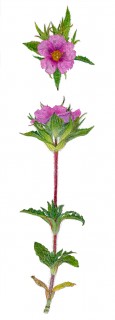
Since the 18th century, botanists have revelled in collecting plants on the sandstone soils of Boutenac woodlands, where rockroses grow in abundance. Their captivating spring flowers are one of the hallmarks of the area.
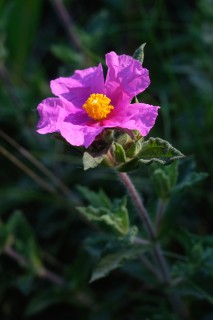
1. The wrinkle-leaved rockrose, with its vibrant pink flowers, grows in abundance across the Pinada.
On the left, an illustration by Enrico Cangini, from the SESA botanical group.
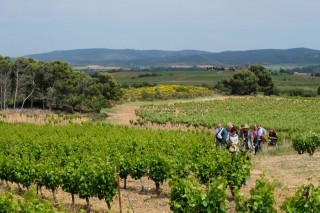
From the 1905 law against fraud, which introduced the demarcation of areas for a designation of origin, to recognition of AOC Corbières-Boutenac in 2005, a century would pass. However, as early as 1908, this part of the lower Corbières had already been identified. Many have forgotten that by defining the boundaries of the Corbi...

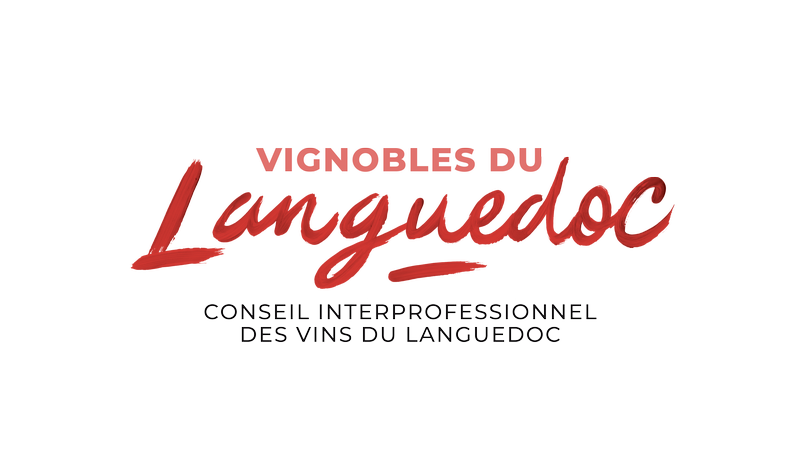
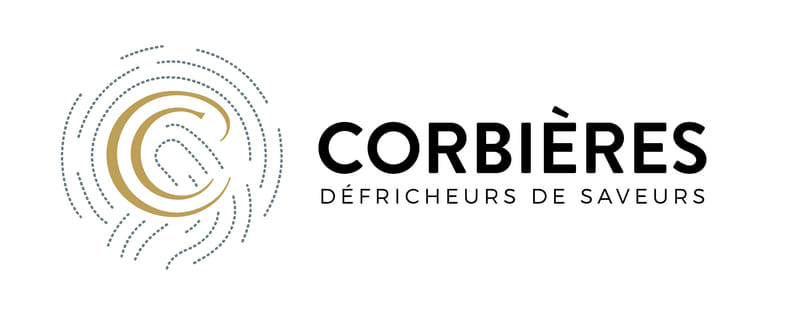
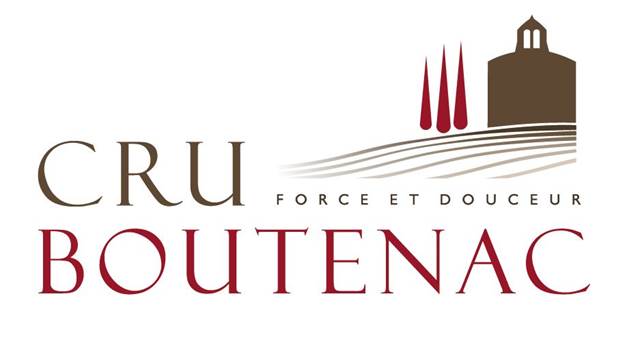
Syndicat de l'AOC Corbières-Boutenac
Fax : 33 (0)4 68 27 73 01
contact@cruboutenac.com
www.cruboutenac.com
©2015 Corbières Boutenac| Web Site made by CQFD | Photo : Syndicat AOC Corbières - Boutenac
Sitemap Cru Boutenac
Follow us on facebook.com/boutenac



